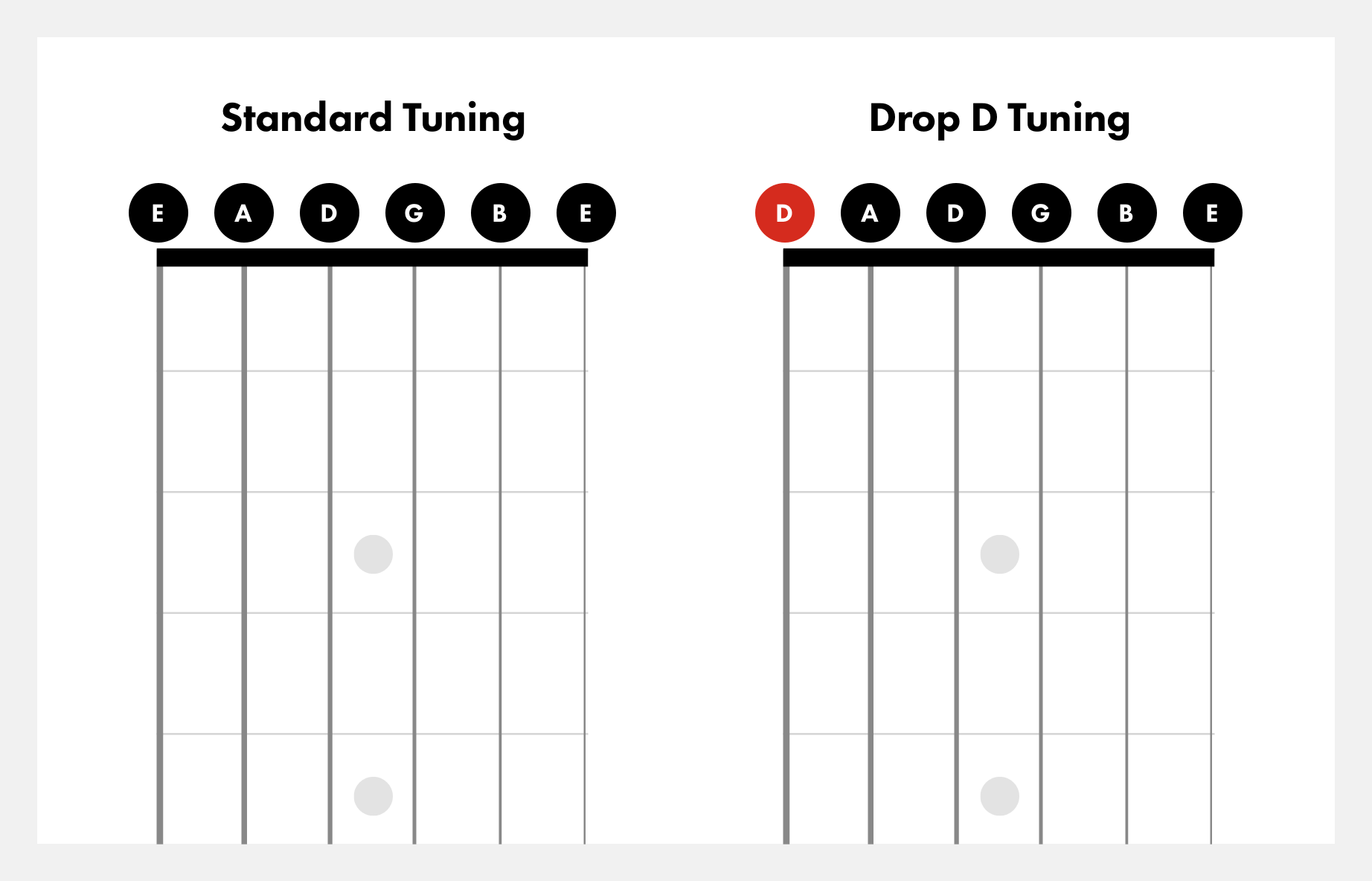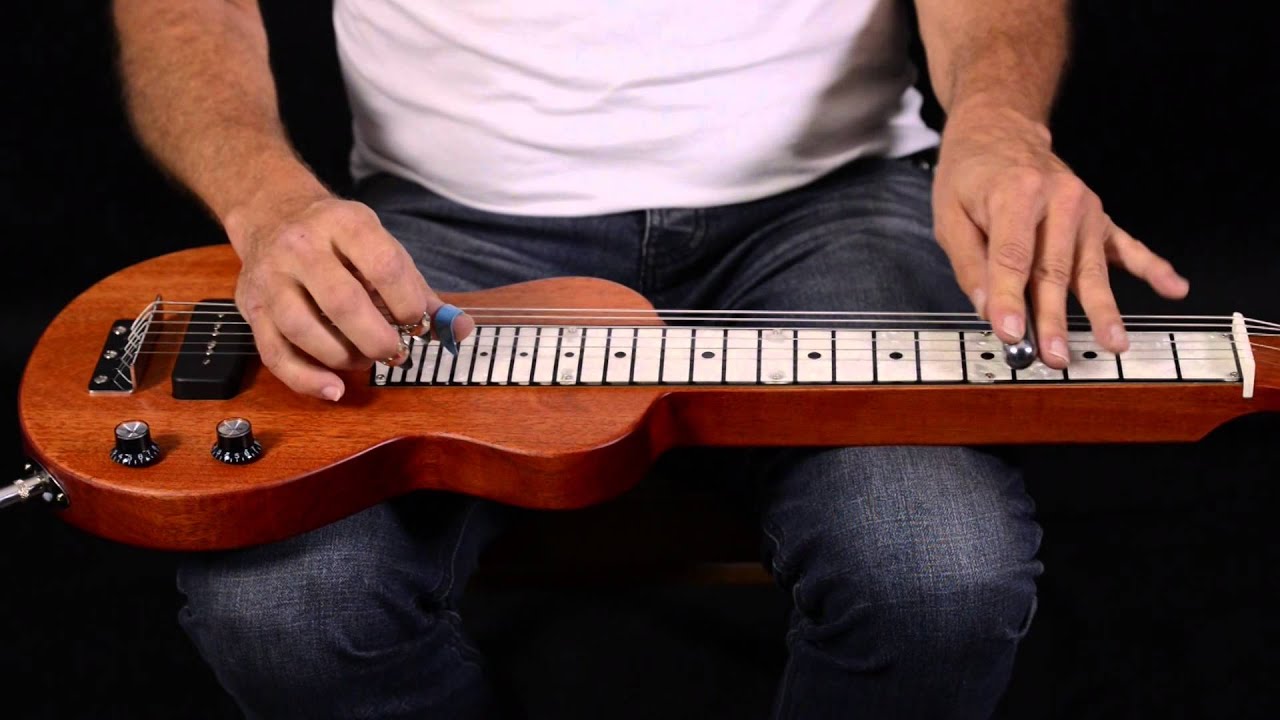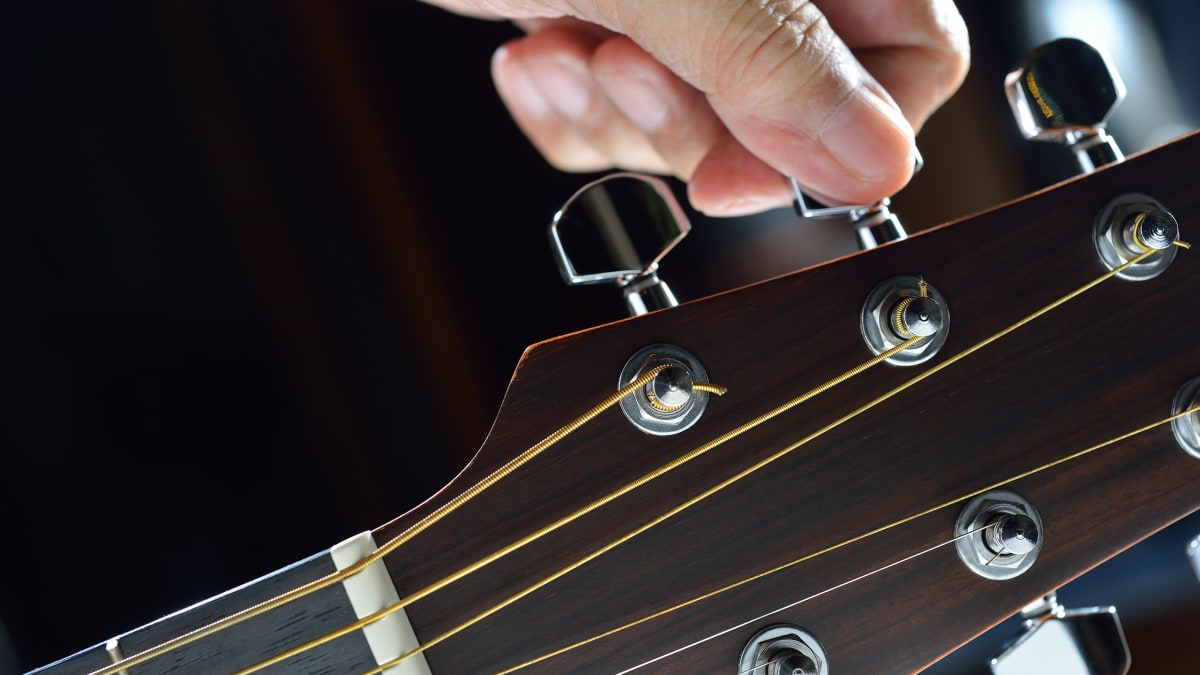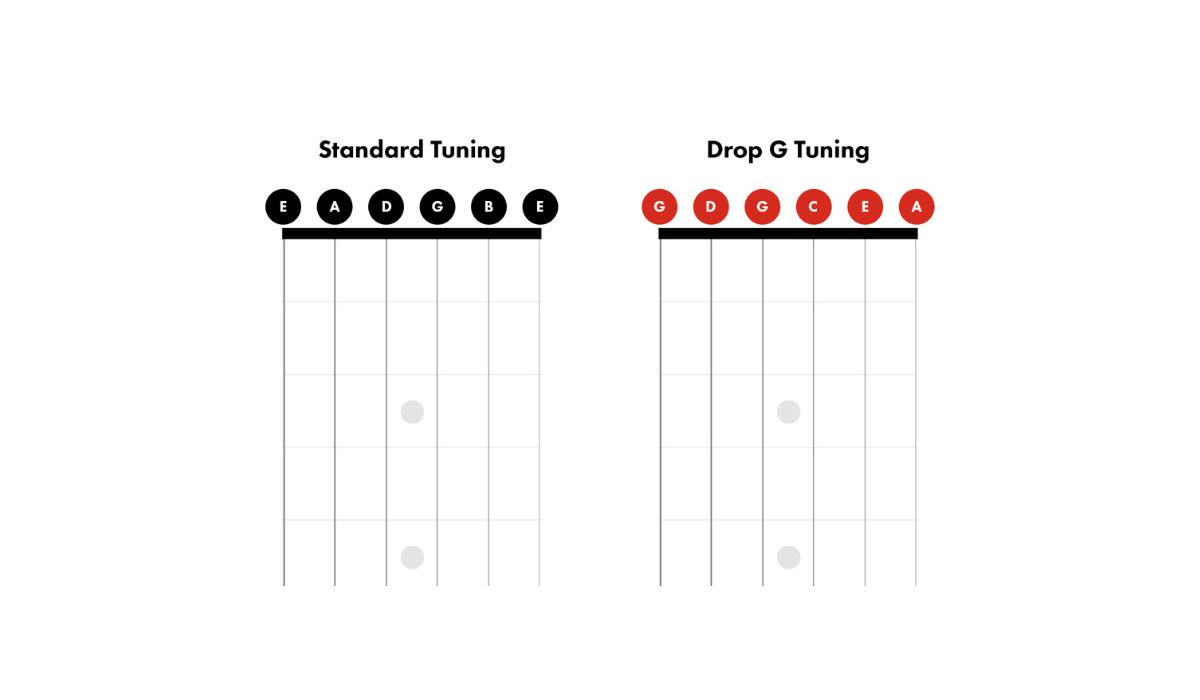Home>Instruments>Guitar>How To Tune A Bass Guitar
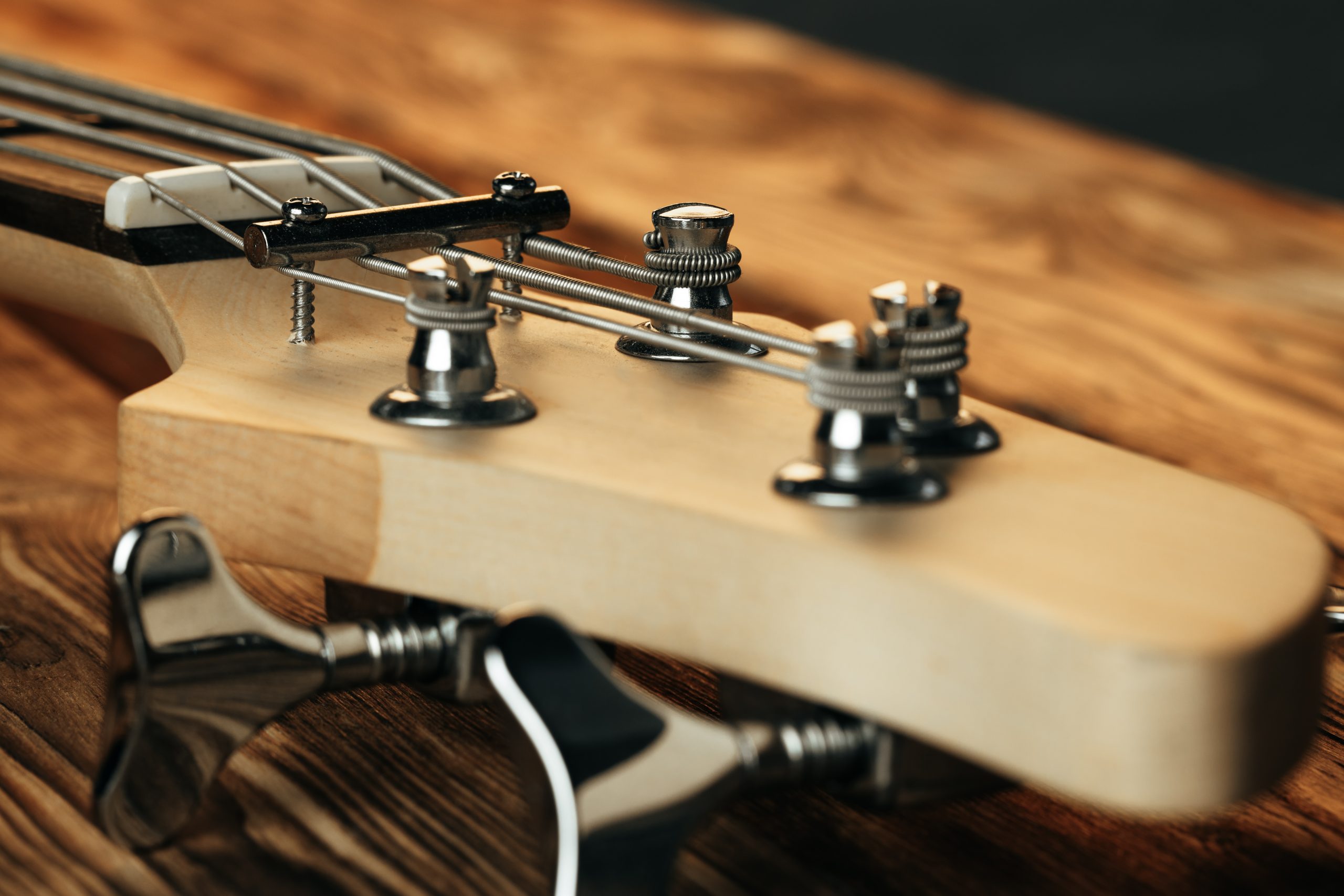

Guitar
How To Tune A Bass Guitar
Modified: February 15, 2024
Learn how to tune a bass guitar with our step-by-step guide. Keep your guitar sounding great with our expert tips and techniques.
(Many of the links in this article redirect to a specific reviewed product. Your purchase of these products through affiliate links helps to generate commission for AudioLover.com, at no extra cost. Learn more)
Table of Contents
Introduction
Playing the bass guitar is not just about strumming the strings; it's about creating a rhythm that resonates deep within the music. However, to produce that perfect sound, tuning your bass guitar is essential. Whether you're a beginner or an experienced musician, understanding the nuances of tuning a bass guitar is crucial for achieving the right tone and maintaining the instrument's overall health.
In this comprehensive guide, we will delve into the art of tuning a bass guitar, exploring both traditional ear-tuning methods and modern electronic tuning techniques. Additionally, we'll provide valuable tips for maintaining the tuning of your bass guitar, ensuring that it stays in optimal condition for your musical endeavors.
Tuning a bass guitar is not just a mechanical process; it's a vital part of the musical journey. By mastering the art of tuning, you'll unlock the full potential of your instrument, enabling you to create captivating rhythms and harmonies that elevate your musical performance to new heights.
Whether you're preparing for a live performance, a recording session, or simply practicing at home, having a well-tuned bass guitar is the foundation for producing exceptional music. Join us as we embark on this melodic journey, exploring the intricacies of bass guitar tuning and discovering the key to unlocking its full sonic potential.
Understanding Bass Guitar Tuning
Before delving into the practical aspects of tuning a bass guitar, it’s essential to understand the standard tuning and string arrangement of this instrument. The standard tuning for a 4-string bass guitar is E-A-D-G, with the lowest-pitched string (E) positioned closest to the player and the highest-pitched string (G) farthest away. This standard tuning provides a solid foundation for playing a wide range of musical styles, from rock and jazz to funk and blues.
For those venturing into the realm of 5-string bass guitars, the standard tuning includes an additional low B string, resulting in the tuning B-E-A-D-G. This extended range allows for deeper bass notes and expanded musical possibilities, making it a popular choice for many bassists.
Understanding the intervals between the strings is also crucial. The standard tuning of E-A-D-G represents a pattern of perfect fourths between each string, except for the interval between the G and B strings, which is a major third. This consistent interval pattern contributes to the bass guitar’s versatility and ease of playing various chord shapes and scales.
Moreover, comprehending the concept of octave tuning is fundamental. Each string on a bass guitar is typically tuned to the same note as the corresponding string on a standard guitar, but an octave lower. This octave displacement creates the rich, deep tones that define the bass guitar’s distinctive sound.
By grasping the fundamental principles of bass guitar tuning, including standard string arrangement, interval patterns, and octave displacement, aspiring bassists can develop a solid foundation for mastering the instrument’s sonic potential. With this knowledge in hand, you’re ready to embark on the practical journey of tuning your bass guitar, ensuring that it resonates with precision and clarity in every musical endeavor.
Tuning the Bass Guitar by Ear
Tuning a bass guitar by ear is a skill that every musician should cultivate. While electronic tuners offer convenience and accuracy, developing the ability to tune by ear enhances your musical ear and fosters a deeper connection with your instrument. Additionally, there may be situations where an electronic tuner is unavailable, making ear tuning an invaluable skill.
Begin by ensuring that your bass guitar is in a comfortable playing position, allowing easy access to the tuning pegs. To tune by ear, you’ll need a reference pitch to match the strings. A commonly used reference pitch is the fifth fret of the adjacent string, which should produce the same note as the open string below it. For example, the fifth fret of the E string should match the open A string, and so on.
Start by tuning the lowest-pitched string, the E string, using an external reference pitch from a keyboard, pitch pipe, or another tuned instrument. Once the E string is in tune, use it as a reference to tune the remaining strings. As you progress, pay close attention to the subtle differences in pitch and train your ear to discern when a string is perfectly in tune.
When tuning by ear, it’s essential to develop a keen sense of pitch and interval relationships. By listening carefully and making slight adjustments to the tuning pegs, you can achieve precise tuning that complements the natural resonance of your bass guitar. This method not only hones your musical perception but also fosters a deeper connection with the instrument, allowing you to fine-tune the tonal characteristics to your preference.
Mastering the art of tuning a bass guitar by ear is a rewarding endeavor that strengthens your musical intuition and deepens your understanding of the instrument. While electronic tuners offer efficiency, ear tuning empowers you to develop a more nuanced and personal approach to achieving the perfect pitch, enriching your musical journey with a heightened sense of connection and artistry.
Using a Tuner to Tune the Bass Guitar
While tuning a bass guitar by ear is a valuable skill, using an electronic tuner offers precision and convenience, ensuring accurate tuning in any musical setting. Electronic tuners are available in various formats, including clip-on tuners, pedal tuners, and smartphone apps, making them accessible for musicians at all levels.
To begin tuning with an electronic tuner, ensure that the tuner is securely attached to the headstock of the bass guitar or positioned within view if using a pedal tuner or smartphone app. Activate the tuner and pluck the open string, allowing the tuner to detect the pitch and display the corresponding note. The tuner will indicate whether the string is flat (tuned too low), sharp (tuned too high), or in tune.
When using a chromatic tuner, it’s essential to be mindful of the displayed note and the indicator that shows whether the pitch is flat, sharp, or in tune. Adjust the tuning pegs accordingly, gradually bringing the string into precise alignment with the desired pitch. As each string is tuned, ensure that the tuning stability is maintained, as environmental factors and playing dynamics can affect the tuning over time.
For beginners and experienced musicians alike, electronic tuners serve as reliable tools for achieving accurate tuning, especially when time is of the essence or when tuning in noisy environments. Additionally, electronic tuners can aid in developing a more precise ear for pitch, as the visual feedback provided by the tuner reinforces the connection between the perceived pitch and the corresponding tuning adjustments.
Furthermore, the use of electronic tuners contributes to the overall maintenance of the bass guitar’s tuning stability, prolonging the instrument’s lifespan and ensuring consistent tonal quality. By incorporating electronic tuners into your tuning routine, you can streamline the tuning process and focus on honing your musical performance with confidence and precision.
Tips for Maintaining the Tuning of a Bass Guitar
Consistent tuning is essential for preserving the optimal sound and playability of a bass guitar. To ensure that your instrument stays in tune for extended periods, consider the following tips for maintaining its tuning stability:
- Quality Strings: Invest in high-quality bass guitar strings that are designed for durability and tuning stability. Fresh strings hold their tuning better and produce a more vibrant tone, making regular string changes a key aspect of maintaining tuning stability.
- Proper String Installation: When changing strings, ensure that they are installed and secured correctly. Improperly wound or stretched strings can lead to tuning issues, so take the time to wind the strings neatly around the tuning pegs and stretch them gently to promote stability.
- Climate Control: Bass guitars are sensitive to changes in temperature and humidity, which can affect tuning stability. Store your instrument in a controlled environment and consider using a humidifier or dehumidifier to maintain consistent conditions, especially during extreme weather fluctuations.
- Tuning Peg Maintenance: Periodically inspect the tuning pegs for any signs of wear or slippage. Lubricate the pegs if necessary and ensure that they are tightened securely to maintain stable string tension and tuning accuracy.
- Bridge and Nut Care: Keep the bridge and nut of your bass guitar clean and free from debris that could interfere with string movement. Properly lubricate the contact points to minimize friction and ensure smooth string action, contributing to overall tuning stability.
- Regular Setup and Maintenance: Schedule regular professional setups for your bass guitar to address any potential issues that could impact tuning stability. A qualified technician can adjust the truss rod, bridge, and intonation, optimizing the instrument for consistent tuning performance.
- Stable Tuning Routine: Develop a consistent tuning routine and check the tuning of your bass guitar before and after each practice session or performance. This habit helps identify any deviations in tuning and allows for prompt adjustments to maintain optimal pitch accuracy.
By implementing these tips, you can proactively preserve the tuning stability of your bass guitar, ensuring that it remains in prime playing condition and delivers the rich, resonant tones that define its musical essence. With proper care and attention to tuning maintenance, your bass guitar will serve as a steadfast companion in your musical pursuits, empowering you to express your creativity with unwavering sonic precision.
Conclusion
Tuning a bass guitar is a fundamental aspect of musicianship that transcends mere technicality; it embodies a profound connection between the player, the instrument, and the music itself. Whether tuning by ear or utilizing electronic tuners, the process of achieving precise pitch is an art form that enriches the musical experience and shapes the sonic identity of the bass guitar.
As you embark on your journey of bass guitar tuning, remember that each adjustment of the tuning pegs is a step toward unlocking the instrument’s full potential, allowing its deep, resonant tones to harmonize with your musical expression. Whether you’re crafting captivating basslines, holding down the rhythmic foundation, or exploring melodic possibilities, a well-tuned bass guitar forms the cornerstone of your sonic palette.
Furthermore, the maintenance of tuning stability is essential for preserving the integrity of your instrument’s sound and playability. By implementing best practices for string care, climate control, and routine maintenance, you can ensure that your bass guitar remains in optimal tuning condition, ready to accompany you on your musical endeavors with unwavering reliability.
Ultimately, the art of bass guitar tuning is a harmonious blend of technical precision and artistic intuition. Whether you find resonance in the subtle nuances of ear tuning or embrace the efficiency of electronic tuners, the goal remains the same: to unleash the full spectrum of sonic possibilities that the bass guitar embodies.
So, as you fine-tune the strings and align the notes with precision, remember that each adjustment is a testament to your dedication to the craft and your commitment to producing music that resonates deeply. Embrace the artistry of bass guitar tuning, and let its resonant voice become an extension of your musical expression, enriching every note with clarity, depth, and unwavering resonance.






